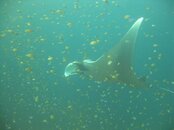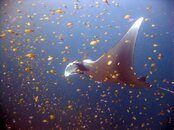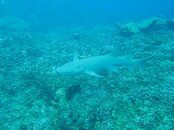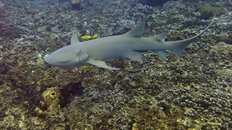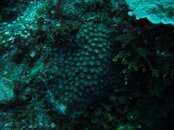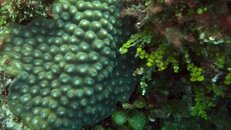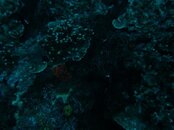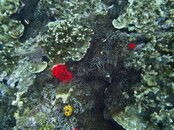CT Sean
Contributor
A new camera, especially a top-of-the-line model like the S100 SHOULD (should be the operative work) allow you to take technically better pictures. "technical" being things like sharpness, saturation, contrast - things the camera itself can actually contribute to. Now I don't know how much better technically the S100 is vs the A1000, you can look at the below links to a camera review site for that. I looked quick and the S100 at least has much better high ISO performance, which can help with lower light imaging.
Canon PowerShot A1000 IS Camera - Express Review
Canon PowerShot S100 Camera - Review
To be honest, your images look pretty decent to me. I can't speak to how they compare with the S95 images above, scaling hides an awful lot of image "problems".
If you do go with the S100 (which is a great camera, but mine hasn't been underwater yet - (3 weeks to go)) I would also recommend the Canon housing. The lens port on the Ikelite housing is huge and blocks much of the internal flash even when using the diffuser. You need to be both close to your subject AND zoomed in a bit to overcome it.
What you might want to do is pick a specific image or two and indicate what you are looking to improve and people here can give better insight as to how to improve it.
Canon PowerShot A1000 IS Camera - Express Review
Canon PowerShot S100 Camera - Review
To be honest, your images look pretty decent to me. I can't speak to how they compare with the S95 images above, scaling hides an awful lot of image "problems".
If you do go with the S100 (which is a great camera, but mine hasn't been underwater yet - (3 weeks to go)) I would also recommend the Canon housing. The lens port on the Ikelite housing is huge and blocks much of the internal flash even when using the diffuser. You need to be both close to your subject AND zoomed in a bit to overcome it.
What you might want to do is pick a specific image or two and indicate what you are looking to improve and people here can give better insight as to how to improve it.



